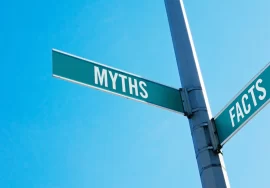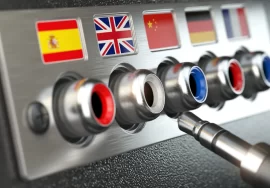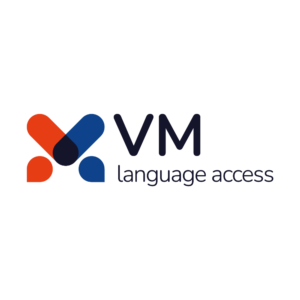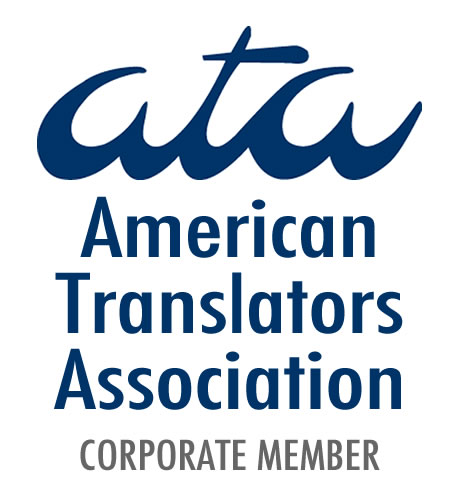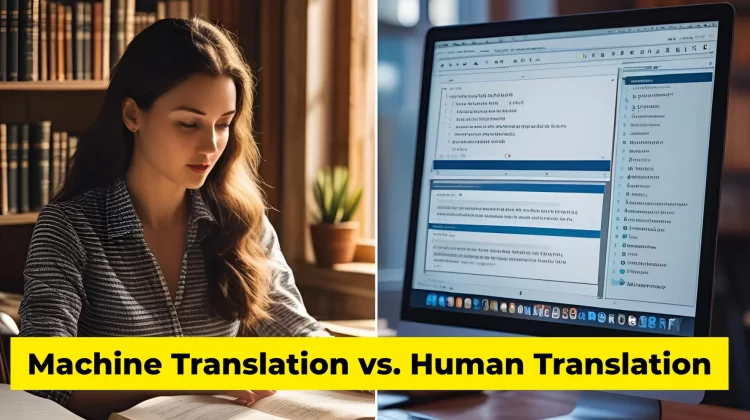
Machine Translation vs. Human Translation: Which One Is Right for Your Business?
In today’s fast-paced, interconnected world, the demand for translation services is greater than ever. As businesses expand globally, accurate communication becomes critical to success, whether it’s reaching a new audience, managing customer relations, or translating marketing materials. The translation industry has experienced a surge in innovation, with machine translation (MT) tools like Google Translate and DeepL becoming more common. But despite these advances, many businesses still face the decision of whether to rely on machine translation or hire human translators for their content.
The question isn’t always straightforward: Machine translation vs. human translation — which one is right for your business? In this article, we’ll dive into the pros and cons of both options, explore when to choose one over the other, and address why human translators are better when it comes to certain translation needs.
What is Machine Translation?
Machine translation is the process where computers or software use algorithms and statistical models to convert text from one language to another. With the help of artificial intelligence (AI) and massive databases, machine translation tools have come a long way in terms of fluency and accuracy. Popular tools like Google Translate, Microsoft Translator, and DeepL use neural networks to improve translations by constantly learning and adapting to new content.
For many businesses, machine translation offers an attractive solution due to its speed, cost-effectiveness, and ability to handle large amounts of content quickly. But even the most advanced machine translation tools come with certain limitations, and they may not always provide the level of precision and nuance that human translators can.
What is Human Translation?
Human translation involves a skilled, professional translator who converts text from one language to another while considering nuances, cultural context, and the specific purpose of the translation. Human translators don’t just rely on algorithms; they apply their expertise, cultural knowledge, and understanding of idiomatic expressions, regional dialects, and emotional tones to ensure an accurate and high-quality translation.
While human translation may take longer than machine translation and come at a higher cost, it’s often the go-to option for businesses that need translations that go beyond the basics. Human translators can tackle specialized fields such as legal, medical, or technical translation with expertise that machine translation tools simply can’t match.
Machine Translation vs. Human Translation: Key Differences
When deciding between machine translation and human translation for your business, it’s important to consider several factors, such as accuracy, speed, cost, and cultural sensitivity.
Speed and Scalability
One of the most significant advantages of machine translation is its speed. For businesses with large amounts of content that need to be translated quickly, machine translation can handle the job in a fraction of the time it would take a human translator. Machine translation is also scalable, meaning that it can handle high volumes of text across multiple languages without much additional effort.
However, while machine translation can process a lot of content quickly, it doesn’t always account for the context or subtleties of the content. That’s where human translators come in. While slower, human translators take the time to understand the text thoroughly and ensure that the meaning is conveyed accurately, rather than just providing a direct translation.
Accuracy and Precision
When it comes to accuracy, human translators have a clear edge. Machine translation, while often surprisingly good, can still struggle with idiomatic expressions, cultural references, and technical terminology. For example, Google Translate may misinterpret a phrase like “kick the bucket” (which means “to die” in English) by translating it literally, leading to confusion in the target language.
Human translators, on the other hand, understand the nuances of both languages and cultures, allowing them to produce translations that are not only correct but also contextually appropriate. They can interpret the meaning behind phrases, adapt language to fit the cultural context, and ensure that the tone of the message is preserved.
Cultural Sensitivity
Language is deeply intertwined with culture. Words, phrases, and expressions can carry different meanings and emotional undertones depending on the culture in which they’re used. A machine translation system might struggle to navigate these cultural nuances. For instance, a word that’s perfectly acceptable in one language might be offensive or awkward in another, and machine translation might not be able to account for these differences.
Human translators are well-versed in the cultural subtleties of both the source and target languages. They understand how certain words or phrases are perceived in different cultures and can adapt the translation accordingly. For businesses looking to communicate with international audiences, cultural sensitivity is crucial to avoid misunderstandings or unintentionally offending potential customers.
Cost-Effectiveness
When it comes to cost, machine translation has the clear advantage. For large volumes of text or when speed is a priority, machine translation is much more affordable than hiring human translators. Many machine translation tools, such as Google Translate, are free to use, while others like DeepL offer competitive pricing for businesses.
However, while machine translation is cheaper upfront, it’s not always the best option for businesses that want high-quality translations. The risk of errors, inaccuracies, and cultural missteps can lead to costly consequences, especially when translating critical content like legal documents, medical information, or branding materials.
Human translation, while more expensive, offers a higher return on investment when accuracy, quality, and cultural sensitivity are required. For specialized fields such as legal, medical, or financial translation, it’s essential to hire a human translator who has expertise in that area to ensure the translation is correct and reliable.
Why Human Translators Are Better: Real-World Applications
Now that we’ve covered the key differences between machine translation and human translation, let’s take a look at why human translators are better in certain situations.
1. High-Stakes Content
For businesses dealing with legal documents, medical records, or financial reports, accuracy is non-negotiable. Even a small error in translation can have serious consequences, such as legal liabilities or financial losses. In these cases, machine translation is simply not reliable enough. Human translators with expertise in specialized fields are the only option for ensuring the content is translated with the highest level of precision.
2. Creative and Marketing Content
Marketing materials, branding, and advertising campaigns often require a nuanced and creative approach. Human translators can adapt the tone, style, and messaging of the content to resonate with the target audience, making sure the brand’s voice is consistent across languages and cultures. Machine translation lacks the ability to be creative and flexible, often leading to awkward or robotic-sounding translations that don’t connect with the intended audience.
3. Localization
Localization goes beyond simple translation — it involves adapting content for a specific cultural or regional audience. Human translators excel at localization because they understand local customs, idioms, humor, and preferences. Whether you’re translating a website, an app, or a video game, localization is essential to make sure the content feels natural and relevant to the target market.
Machine translation tools can’t provide the level of detail and cultural sensitivity needed for effective localization. In these cases, a human translator is the better choice.
4. Customer Service and Communication
In today’s global economy, many businesses interact with customers from all over the world. Whether it’s answering customer inquiries, translating contracts, or providing multilingual support, human translators play a critical role in ensuring smooth communication. Machine translation may help with basic interactions, but for more complex or sensitive matters, a human translator is essential to make sure the message is clear and understood.
The Hybrid Approach: Combining Machine and Human Translation
While machine translation has its limitations, it doesn’t mean it’s useless. In fact, many businesses are adopting a hybrid approach that combines the best of both worlds. By using machine translation for initial drafts or bulk content, followed by human translators to refine and polish the translation, companies can enjoy the speed and cost-effectiveness of machine translation while still ensuring high-quality results.
Human translators can also use machine translation tools to streamline their work, checking for consistency and reducing the time it takes to translate large projects. This synergy between human expertise and AI technology is a growing trend in the translation industry, allowing businesses to get the best of both.
In the debate of machine translation vs. human translation, there’s no one-size-fits-all answer. For businesses that need quick, low-cost translations of simple content, machine translation might be the right choice. However, for high-quality, accurate translations that require cultural sensitivity, creative adaptations, or technical expertise, human translators are the clear winners.
Understanding when to use machine translation and when to hire human translators will help your business communicate more effectively in global markets. If you’re looking for top-tier, culturally aware translations, human translators are better equipped to meet your needs, ensuring that your message is communicated accurately and professionally.
At VMLA, we understand the complexities of translation and offer professional services tailored to your business needs. Whether you’re looking for accurate translations, expert localization, or specialized fields like legal or medical translation, our team of experienced human translators is ready to help you bridge language gaps and reach your audience with confidence. Reach out to us today for more information or to get a quote for your next project!





